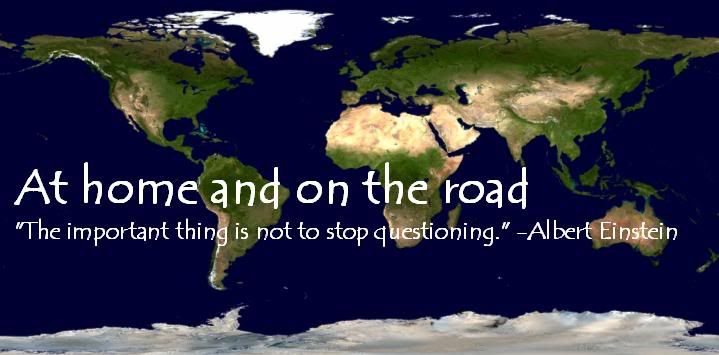What’s the rush woman?
The median age of women at first marriage rose from 21 years old in the early 1970s to 28 years old by 2001 (VIF, 2004 ). Similarly, the median age of women at the birth of their first child rose from 23 years old in 1976 (VIF, 2004) to 28 years old in 2003 (Statistics Canada, 2003). Not only do they have  their children later, but they also have fewer of them. The fertility rate declined from 2.33 live births per woman in 1970 (Statistics Canada, 2002) to 1.53 in 2003 (Statistics Canada, 2003). Childfree households increased from 34% in 1981 to 41% in 2001 (Statistics Canada, 2002). “The changed age-pattern of childbearing, or the delay of fertility, has largely been associated with women's increased education and labour force participation” (VIF, 2004).
their children later, but they also have fewer of them. The fertility rate declined from 2.33 live births per woman in 1970 (Statistics Canada, 2002) to 1.53 in 2003 (Statistics Canada, 2003). Childfree households increased from 34% in 1981 to 41% in 2001 (Statistics Canada, 2002). “The changed age-pattern of childbearing, or the delay of fertility, has largely been associated with women's increased education and labour force participation” (VIF, 2004).
I am not interested in demonstrating the benefits of delaying childbearing from 16 to 20 years old. The impacts of childbearing during the teenage years have been well-documented: lower educational attainment, fewer job opportunities, lower income, and likelihood of separation/divorce single parenthood. There are also direct impacts on the child him/herself: prematurity, low birth weight and the problems it may lead to such as blindness, deafness, chronic respiratory problems, mental retardation, cerebral palsy, mental illness, and infant death, lower performance in school, higher likelihood of misbehaviour, delinquency, and school suspensions, abuse/neglect, and repeated teen pregnancy (Berglas, Brindis, and Chohen, 2003). What I am really interested in is the impact of delaying childbearing in later years such as 30 years old and over.
Research has demonstrated that delaying childbearing is beneficial at several levels. First, women who delay childbearing have higher incomes. “Women who delay childbearing have fewer children and are significantly better off economically than average-age childbearer. And by retirement age, the delayed childbearer with only one or two children appears better off than all other women” (Hoffert,1984; Riblett Wilkie, 1981). More recently, Statistics Canada estimated that women who postpone having children earn at least 6.0% more than women who have children early, but the gap erodes slightly overtime (Statistics Canada, 2002).Others suggest a 10% to 20% gap (Amuedo-Dorantes and Kimmel, 2003 and Times Onlines, 2005). Not a big deal, right? Or is it? Think compound interest. After 30 years, you tell me if it matters*.
Of course, children are so important that you are willing to sacrifice your standard of living and your career for them. What really counts is the little buddle of joy. Lets move on to the really important things then: the impact of mother’s age on children. Levitt and Dubner demonstrates that children of mothers who were at least 30 years old at the time of delivery and had higher education do better in school (Freakonomics). Arguably, having a child after 30 increases the likelihood of success in his/her adult life.
So? What’s the rush woman?
*Just in case I got you curious. A woman makes 50K per year. 6% of 50K=$3,000 per year. Let’s assume she invests this 3K in her RRSP (7% interest rate) every year she delays childbearing. She will only withdraw the money in thirty years when she retires. Assuming the highly unlikely event that her salary does not increase, one year delay = 23K, 5 year delay = 100K, 10 year delay=172K.



1 comment:
I like to hear stats that make me less of a freak for waiting a few years before considering procreation. I'm only 25! I have years of debauchery ahead of me!
PS -- this is treava. I found your blog but don't worry, your secret is safe with me until you go public.
Post a Comment